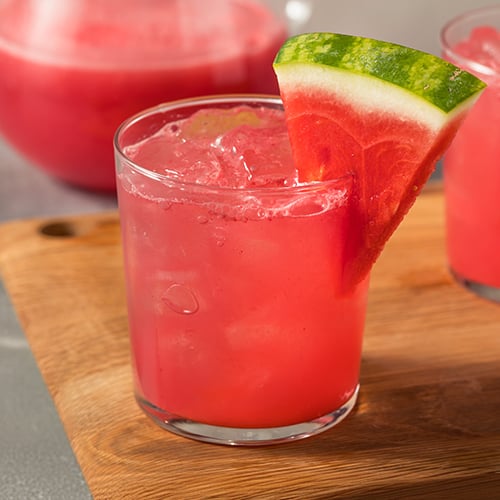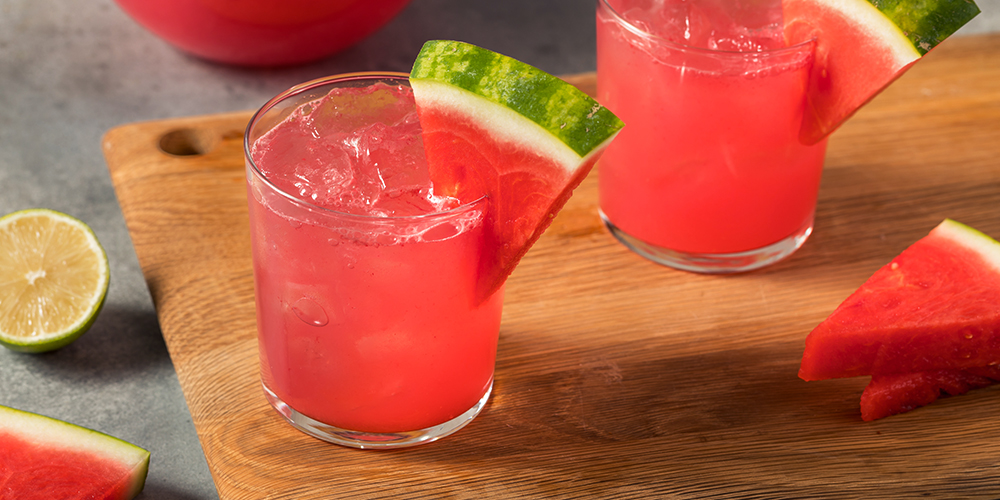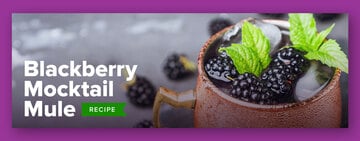Agua fresca is a traditional Mexican beverage that's simple to make and only requires a few ingredients. This light summer beverage contains no alcohol, making it an appealing option for customers seeking mocktails or low-ABV beverages. By using fresh fruits and different types of sweeteners, you can offer a healthier alternative to sugary sodas or artificially flavored drinks.
What Is Agua Fresca?
Agua fresca, a cold beverage popular in Latin America, translates to "fresh water" in Spanish. This thirst-quenching drink is made by blending fresh fruit, water, and a touch of sweetener to create a flavorful concoction perfect for hot summer days. The beauty of agua fresca lies in its simplicity and versatility – the possibilities are endless when it comes to choosing the fruit flavors to incorporate.
Agua Fresca Recipe
Traditionally, agua fresca is made by mashing or blending fresh fruits such as watermelon, cantaloupe, strawberries, or mangoes with water and a hint of sugar or honey. The mixture is then strained to remove any pulp, resulting in a smooth and refreshing beverage that captures the essence of the fruits used.
Yield: (6) 8-ounce servings
Total Time: 5 minutes
Ingredients

- 4 cups fresh fruit (such as watermelon, cantaloupe, strawberries, or cucumber)
- 4 cups water
- 2 Tablespoons honey, agave, or simple syrup (adjust to taste)
- Juice of 1-2 limes (optional)
Directions
- Wash and prepare your choice of fresh fruit. Remove any seeds or pits and cut fruit into small chunks.
- In blender, combine fruit, water, sugar, and lime juice (if using). Blend until smooth and well combined.
- Taste mixture and add more sweetener if desired.
- Strain mixture through fine mesh sieve or cheesecloth to remove any pulp or seeds.
- Transfer strained liquid to pitcher and refrigerate for at least an hour to chill.
- Serve agua fresca over ice and garnish with fresh mint leaves or slices of fruit.
What's the Difference between Aqua Fresca and Juice?
Agua fresca is usually made with whole fruits, while juice is made by extracting the liquid from fruits or vegetables. This results in agua fresca having a more subtle and natural flavor profile, whereas juice tends to be more intense and concentrated in taste. In terms of texture, agua fresca is often described as being lighter and more refreshing compared to juice. The presence of fruit pulp in agua fresca gives it a slightly textured mouthfeel, adding a pleasant element of freshness to each sip. Juice, on the other hand, is typically smoother in texture due to the removal of pulp during the extraction process.
Where Did Agua Fresca Originate?
Originating in Mexico, this thirst-quenching beverage has become popular worldwide for its simplicity and delicious flavors. The tradition of making agua fresca can be traced back to pre-Columbian times when the Aztecs and Mayans used to mix water with fruits, flowers, or herbs to create refreshing drinks. As time passed, the popularity of agua fresca spread beyond Mexico, making its way to other Latin American countries and eventually reaching the United States and beyond.

Whether you're looking for a cool and revitalizing drink for your restaurant menu, catering service, or event, agua fresca is a fantastic choice that will impress your customers with its taste and simplicity.








